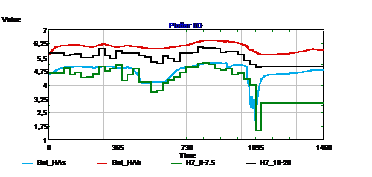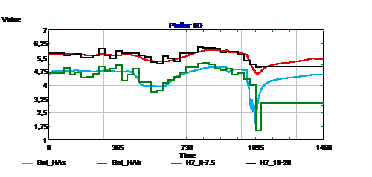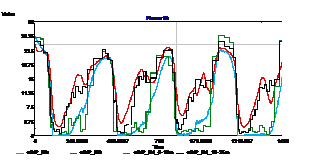Identify useful variables and assemble metadata
Subtask Description:
Description of Hindcast results.
Action points of the implementation:
- Validate each of the functional components using available data and iterate as necessary.
- Acquire available data useful for hindcast validations and calibrations of process, components, and systems models
Area:
Himmerfjärden , Sweden
Policy Issue:
Eutrophication status and reduction.
Human Activities:
Urban sewage discharge, agriculture and industrial activity, tourism.
General Information:
Nutrient loading has caused increased turbidity, loss of biodiversity (including submerged aquatic vegetation), deep water oxygen deficiency, phytoplankton blooms and biodiversity loss. The main stakeholder concerns are connected with tourism, recreational activities and nature enjoyment, and the sustainable implementation of WFD that poses economic challenges for several activities in the area.
Example of Implementation:
The calibration of the ecological model was implemented with data for the period 1998-2001. Visual fitting to monitoring data was done for several parameters. In Figure 1, an example is shown for salinity in the Hallsfjärden basin. Figure 2 shows dissolved inorganic nitrogen and chlorophyll in the Hallsfjärden basin.
As to the economic and social models, time series data are not available for calibration. As a suggestion, the reliability of these models has instead to be evaluated by, for example, comparing the results to similar models used for other and comparable coastal areas.


Figure 1: Salinity in surface water (green: data as monthly averages, blue simulated) and bottom water (black: data, red: simulated) in model basin Hallsfjärden (HA), without (left diagram) and with (right diagram) vertical mixing coupled to inflow of new bottom water. Time step is one day. Calibration data for the last year is missing.

Figure 2: Dissolved inorganic nitrogen in the Himmerfjärden basin (HI) in surface (blue: simulated, green: measurements) and bottom water (red: simulated, black: measurements).
Contact: Jakob Walve, jakob.walve@ecology.su.se .
![[Logo] : Coastal-SAF.eu](/images/logo.png)